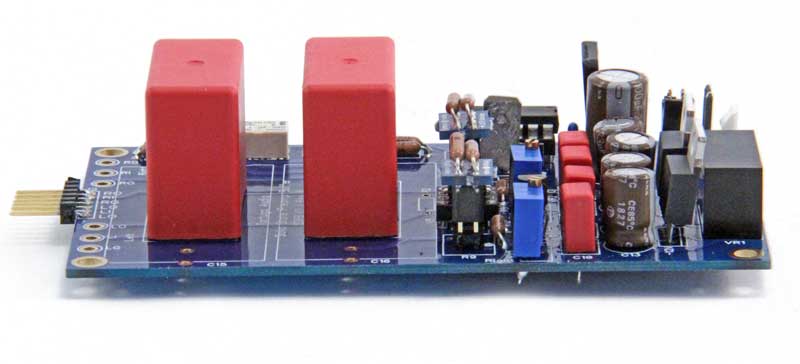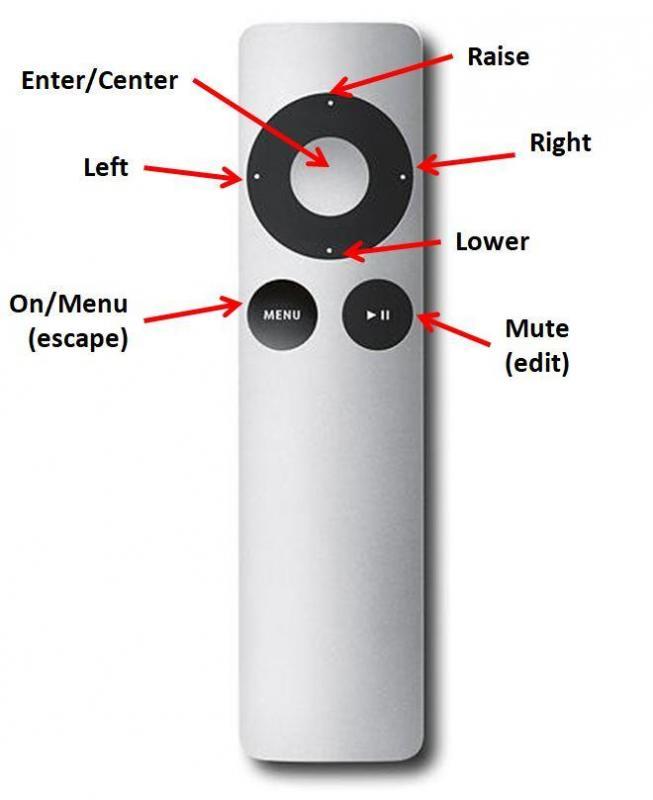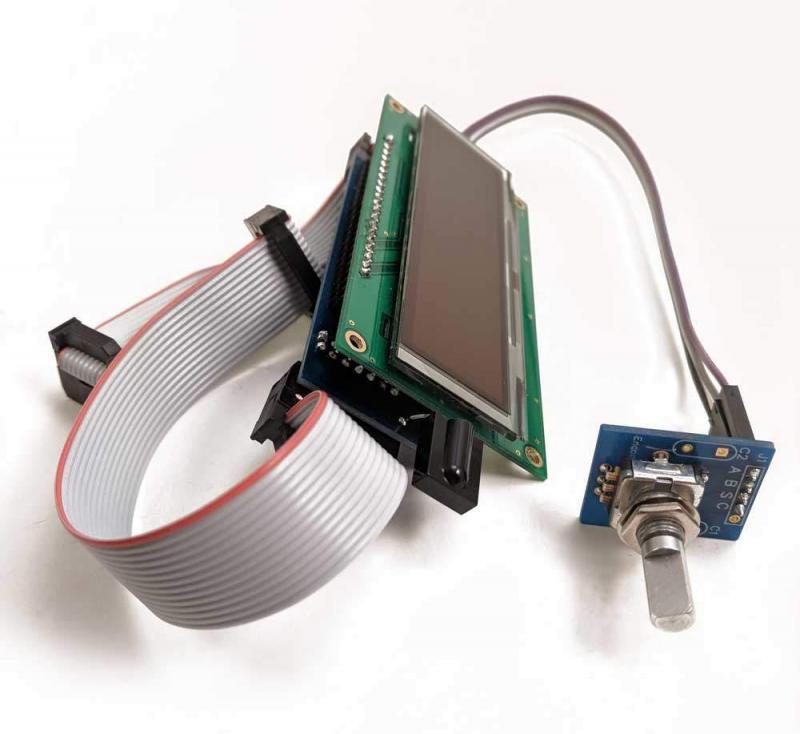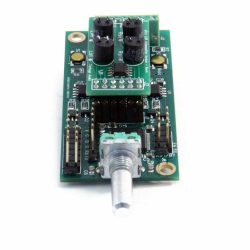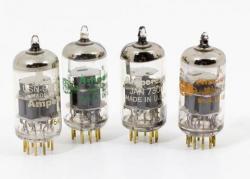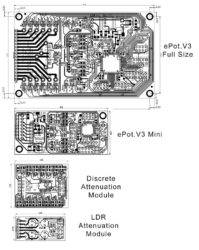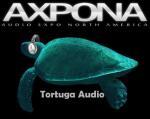Make Your Own DIY Audiophile Preamp
The DIY preamp journey
(Updated: August 2020) The road to making your own DIY audiophile preamp can be long or short. For me, I’ve always been a DIY (do-it-yourself) kind of guy. Both my parents were hands-on makers, doers and fixers as long back as I can remember. You could say it was in my DNA and I couldn’t help it. But it’s also been a life long process of acquiring skills.
I’d see something bright and shiny I wanted and I’d think….”Heh, I can make that”. My first car at 16 needed a new fender. “Heh, I can make that.” That project taught me how to weld. Saw a very cool guitar amp I knew I couldn’t afford. “Heh, I can make that.” So I learned how to work with tubes, resistors, capacitors and solder electronics. House really needed a new kitchen but too stubborn (cheap?) to fork over $20k for the makeover. “Heh, I can make that”. Six months later I had a new $20k kitchen for $5k – and best of all – a garage full of power tools! Wait, I lied. The kitchen took over a year to get done. Nobody said DIY was quick.
Fast forward through a pair of University degrees and half a lifetime and I was reading about some cool new audio gear one day when I thought to myself….”Heh, I can make that – better!” So I started my own audio design and manufacturing business – Tortuga Audio. You could say that DIY has become a life long habit.
Is the DIY “habit’ always the smartest and best way to go about getting things done. Probably not. But there’s no denying it can be a fun and interesting ride.
Audiophile quality sound from DIY
Can someone with a solder iron, initiative and patience put together a high performance preamp that delivers high end audiophile quality sound. In a word – YES!
Here’s just one example of a customer who built his own balanced passive preamp using a pair of our LDR (light dependent resistor) preamp controller boards. The quote below says it all.
“Sound quality? Stunning. Walks all over my Audio Research LS3 active pre. Brought tears to my wife’s eyes – for good reasons!” – Craig Sawyers
Soon after Tortuga Audio began offering it’s line of LDR passive preamps, I made the decision that we would offer certain components to the DIY audio community. We’ve continued that tradition now for almost 10 years. Over the years our volume control technology and designs have evolved .
This year (2020) we released our ePot.V3 Max Stepped Attenuator & Preamp Controller which is shown above. The V3 Max represents our fifth generation preamp attenuator/controller. It incorporates everything we’ve learned over the past 10+ years. With the V3 we’ve taken LDR based attenuation to a whole new level incorporating precision closed-loop current control of the LDRs plus low noise integrated analog input switching. The result is our most dynamic, flexible and sweetest sounding preamp attenuator/controller yet.
If you’ve been following Tortuga Audio and especially if you’re already a customer you already get the joke. If you’ve never heard of us and this is your first time visiting then here it is.
You don’t need to spend $10k for a world class jaw dropping audiophile preamp. Or $5k. Or even $1k. Although we do offer several finished preamp models in the $1-3k range. If you’re willing to go DIY then you can build your own high performance audiophile preamp for just a few hundred dollars starting with the ePot.V3 board which sells for only $299.
Yes, that’s right. You can build your own audiophile preamp starting with a $299 preamp controller that lets you go toe-to-toe with $10k preamps – and win!
Tortuga Audio’s LDR preamp controller is a proven product that delivers phenomenal audio performance rivaling or exceeding the best preamps money can buy – passive or active. Yes, they are that good!
Why? It starts with analog LDRs (light dependent resistors) combined with our proprietary software driven control and calibration technology. It’s not just different audio. It’s better audio. You can find out more about volume control and our technology in the articles listed at the end of this article.
What if a passive preamp isn’t a good fit?
By itself, the ePot.V3 is an excellent passive preamp. Input switching for up to 6 single-ended inputs. 100 steps of smooth attenuation over a 60 dB range. Remote control via an Apple remote. Local panel control via a rotary encoder. Menu driven control and visual feedback via a high contrast 256×64 pixel white on black OLED display. Adjustable impedance. Replaceable plug-in LDR attenuation module with built-in LDR calibration. We now even offer an alternative discrete resistor attenuation module if you’re not into LDRs.
Still, not every audio system is an ideal fit for a passive attenuator. There are good reasons for this which we discuss in our article The Passive vs. Active Preamp Debate. The solution is to add an active gain/buffer stage downstream of the ePot.V3 attenuator which effectively mitigates any and all issues with passive attenuation. Fortunately we have just such an option in our SSPB.V2 Solid State Preamp Buffer kit which is shown in the image below fully assembled.
The SSPB.V2 is an elegantly simple yet high effective design. It incorporates a high performance audio op amp input stage with adjustable gain together with a robust JFET buffer output stage. This combination delivers strong dynamics with a very natural and neutral sound that perfectly complements the ePot.V3 attenuator/controller.
Got remote?
If you’re like me you want to be able to control your system by remote. At the same time who needs yet another complex custom remote with dozens of buttons you hardly ever use. Why not keep it simple? We do. We use the simple $25 Apple remote to great effect. A remote you can buy online from us or Apple or pick up at your local Best Buy or Apple store.
See what you’re doing!
Now that you have a high performance passive/active audiophile preamp, why not see what you’re doing while you’re doing it. By adding our OLED Display Module you now have a complete menu driven interactive preamp where you see the volume level, left/right channel balance adjustment, selected input channel, brightness control, display timeout, plus numerous other options.
What’s missing?
While not a complete DIY kit, the items discussed above are the core components of any DIY preamp. But as anyone whose ever built their own audio equipment know all too well, there’s a lot more that goes into building a complete preamp.
Here’s a reasonably complete list of the additional items you’ll need:
- Enclosure including front/rear panels – This is arguably the biggest obstacle for most DIY’ers because it’s a LOT of work to make your own enclosure and not all that cheap and easy to source a high quality enclosure and customize it to the needs of your project.
- RCA Jacks – You have tons of options here ranging from very inexpensive to nose-bleed premium hardware. How important are jacks in terms of sound quality? In the big scheme of things, not that important. Start affordable since you can always upgrade later.
- Power Supply – The good news with our ePot.V3 and SSPB.V2 is they both have their own combined switching plus linear DC-DC regulated power conditioning that doesn’t need a perfect external power supply. We recommend a decent low amperage (0.5 A is plenty adequate) 12 VDC linear or switching power supply although you can probably use anything between 9-30 VDC. Given the nature of our design, going to costly extremes on an external power supply will have dubious benefits.
- Power Jack – Assuming you use an external DC power source you’ll most likely only need a simple jack for a barrel plug connector. These are low cost and there are plenty of panel mounted versions.
- Feet – Usually an afterthought but you’ll want to make sure your enclosure has a nice set of feet although a set of 4 very affordable peel-n-stick urathane bumpers will do in a pinch.
- Wire – We aren’t going to wade into the endless debate about cables and interconnects in this article (or any article for that matter). We generally use teflon insulated silver coated copper strand MilSpec wiring for most of our equipment.
Why not a complete DIY kit?
Why not indeed! We are considering offering this in the near future. It may turn out to be a kit version of our latest passive/active LDR preamp, the LDR300x.V3.
Related articles
We invite you to read these companion articles that discuss various aspects of audio preamplifiers as well as what makes Tortuga Audio not only different audio, but better audio.



